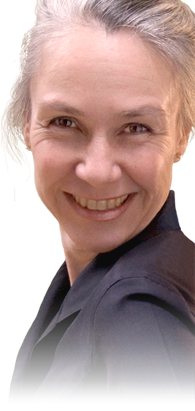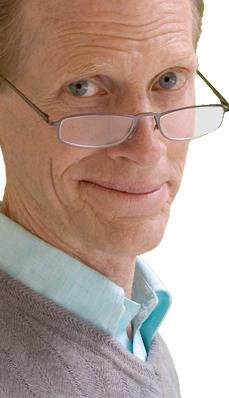


No one has more experience in therapeutic needling of the human body than the Chinese. Others have tried their hand at it, but no one has caught up to their multi-millennial advantage. The Chinese are the experts. If you want to excel in this art, train with them.
This is not to say that impressive needling therapies have not been developed outside the Orient. To the contrary, a handful of little known therapies developed by 20th century Western doctors are brilliant contributions to advanced health care. Nonetheless, the two best known of these — prolotherapy and trigger point injections — are unrecognized and rarely practiced in mainstream conventional medicine.
Prolotherapy (also known as Regenerative Injection Therapy and Proliferative Injection Therapy) is a remarkably effective injection technique which initiates new growth and strengthening of connective tissue (tendons and ligaments), as well as articular cartilage. Many pain syndromes are the result of weakness or overly lax connections in joints or muscle attachments to bones. But no amount of strength training makes a significant improvement in connective tissue strength, so prolotherapy is of vital importance in the treatment of such painful conditions.
Likewise, it often provides a far better option than knee or hip replacement by regenerating and repairing articular cartilage — even when your orthopedist declares the joint “bone on bone”.
Trigger point injections provide rapid relief from pain which originates from a strand of muscle which is continually in spasm. The ‘heart’ of this spasm is a ‘trigger point’. When the trigger point is released through injection, the muscle strand relaxes, and the pain can be resolved very rapidly. I can't tell you how often a client comes to me with joint pain and a diagnosis of ‘arthritis’. My diagnosis is invariably different, and pain is resolved through the elimination of trigger points.
Many times, when a client has overly lax connective tissue — a job thought suitable for prolotherapy — the actual pain is being produced by muscles in spasm from attempting to do the job that connective tissue is no longer capable of doing — keeping the joint in place. So trigger point therapy must be done alongside prolotherapy for the best effect to be achieved.
Ironically, although both of these techniques were advanced in 20th century America, principles of both of these modalities have been contained within Oriental Medicine for millennia, but the advent of hollow needles to inject medicinal substances into precise targets magnifies the technique’s efficacy considerably.
Even more important, Oriental Medicine excels at diagnosing and correcting the dietary and lifestyle choices which underly and facilitate the evolution of such conditions. For instance, sugar and other simple carbohydrates are murder on connective tissue. To expect prolotherapy to work its wonders, when a client refuses to give up health suppressing habits, is unrealistic.
Acupuncture, prolotherapy, and trigger point injections each play their ideal role in the treatment of pain. The two modern techniques offer fast track options, but there are many times when acupuncture is more appropriate, if it is correctly administered. These nuances must be understood by your physician.
Medical misinformation, both intentional and unintentional, is frighteningly rampant on the web. This is especially alarming since so many individuals seek medical guidance on the web and base important decisions on what they find there.
Nowhere have I seen this so thoroughly revealed as in a search for the term “prolotherapy”. Even Wikipedia’s discourse on the subject is full of errors, poorly written, and bounces back and forth from one bias to another. Web pages of practitioners of the technique were similarly scary.
So, when seeking relief from pain, consider the advantages of a doctor who is fluent in all the heavy hitters of pain management: acupuncture, trigger point injections, and prolotherapy. Such a practitioner will be most likely to be proficient at…
Additionally, choose someone whose practice is focused on accurate diagnosis and correction of the origin of these problems:
Most often, pain syndromes are only the signs and symptoms of imbalances which, if left untreated, will cause bigger problems down the road. And direct treatment of the pain may not be as successful if these issues are left ignored.
2202 Menaul NE
This site is best viewed in the current version of Safari.